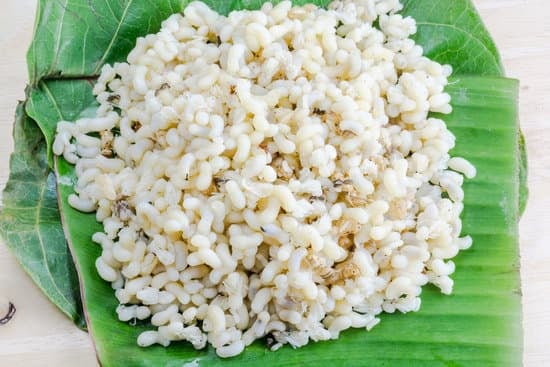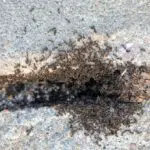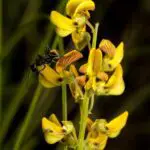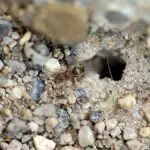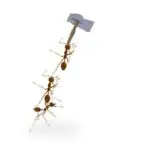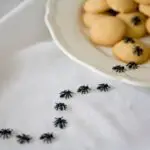How Quickly Do Ants Multiply?
Compared to most other species, ants have highly developed social systems. They live in colonies with clear hierarchical structures. They are extremely codependent for the survival of their queen. They also have a strong influence on ecosystems worldwide. They help disperse seeds, pollinate plants, and improve soil quality. They also act as biological control agents.
The life cycle of ants is divided into four stages: egg, larva, pupa, and adult. Each stage has its own distinct characteristics. In addition, different types of ants have different jobs.
The egg is oval in shape and white in color. It takes about 10 days for the egg to mature as a worker. During the first few days, the worker spends time foraging. In the second stage, the worker is responsible for caring for the larvae.
The larvae are transparent and have a worm-like form. The larvae feed on food regurgitated by adult ants. The larvae need special nutrition. They feed on protein rich diets. They also need to be kept at a constant temperature.
During the second stage, the worker ants start feeding the larvae. This is called trophallaxis. The adult ants also feed the larvae. The adult ants also have mandibles, and they use them to help carry the larvae.
The larvae grow bigger, and they become winged ants. They then mate with drones. Their wings grow and they perform nuptial flight. They leave the colony when conditions are favorable.
The pupa stage is similar to the cocoon of a butterfly. When the pupa is fully grown, it will wake up. It is translucent and will turn darker when it becomes an adult.
